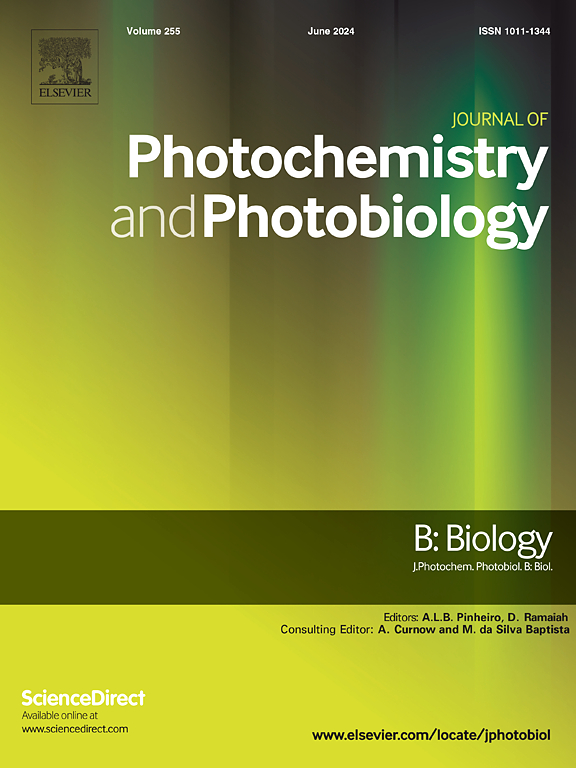Investigation of collagen reconstruction mechanism in skin wound through dual-beam laser welding: Insights from multi-spectroscopy, molecular dynamics simulation, and finite element multiphysics simulation
Abstract
Since the mechanism underlying real-time acquisition of mechanical strength during laser-induced skin wound fusion remains unclear, and collagen is the primary constituent of skin tissue, this study investigates the structural and mechanical alterations in collagen at temperatures ranging from 40 °C to 60 °C using various spectroscopic techniques and molecular dynamics calculations. The COMSOL Multiphysics coupling is employed to simulate the three-dimensional temperature field, stress-strain relationship, and light intensity distribution in the laser thermal affected zone of skin wounds during dual-beam laser welding process. Raman spectroscopy, synchronous fluorescence spectroscopy and circular dichroism measurement results confirm that laser energy activates biological activity in residues, leading to a transformation in the originally fractured structure of collagen protein for enhanced mechanical strength. Molecular dynamics simulations reveal that stable hydrogen bonds form at amino acid residues within the central region of collagen protein when the overall temperature peak around the wound reaches 60 °C, thereby providing stability to previously fractured skin incisions and imparting instantaneous strength. However, under a 55 °C system, Type I collagen ensures macrostructural stability while activating biological properties at amino acid bases to promote wound healing function; this finding aligns with experimental analysis results. The COMSOL simulation outcomes also correspond well with macroscopic morphology after laser welding samples, confirming that by maintaining temperatures between 55 °C–60 °C during laser welding of skin incisions not only can certain instantaneous mechanical strength be achieved but irreversible thermal damage can also be effectively controlled. It is anticipated that these findings will provide valuable insights into understanding the healing mechanism for laser-welded skin wounds.

 求助内容:
求助内容: 应助结果提醒方式:
应助结果提醒方式:


